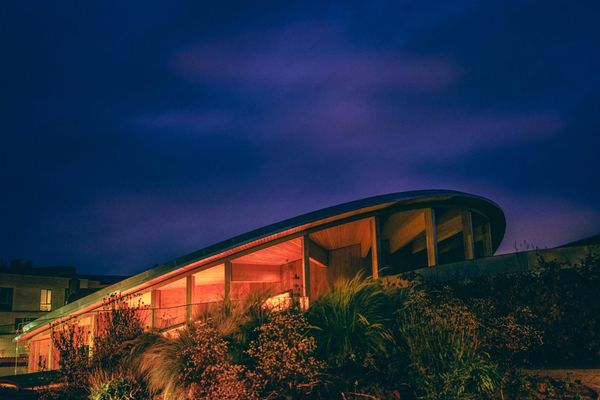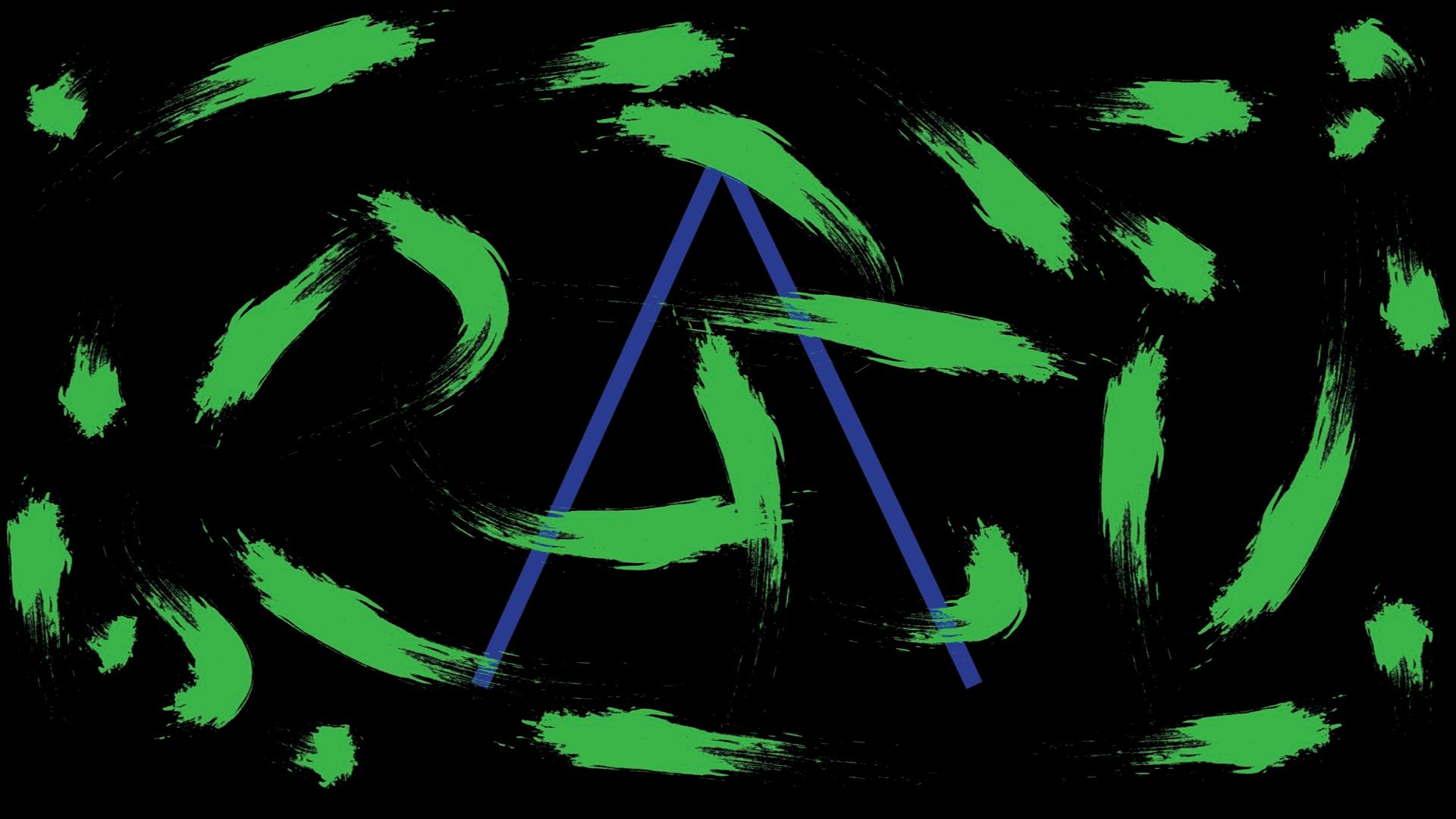When we sit down to have dinner in a restaurant or eat a plate of food, it’s not just focused on eating. It’s about much more: how and where the ingredients come to us, how they are prepared, how they affect us now and the planet in the long term. Physiology, psychology, sociology, ecology—just some of the factors we have to consider. Fortunately, there are already innovators in Hungary who are thinking 360° in order to improve the cuisine of the region. This is the story of the ANIMA project.
Gastronomy means many things. It involves respect for tradition and the past, but it also involves constant curiosity and innovation. It is becoming increasingly clear that we can no longer follow the patterns of the past, and there is a need to radically rethink the potential of food, and to use this as a basis for research and design concepts that can solve the problem of hunger, in terms of quantity and quality, or even the reduction of the ecological footprint, on a global scale. José Guerrero grew up in Colombia but studied at the Basque Culinary Center, one of the most prestigious gastronomic institutions in Europe. It is not just a cooking school, but a training center where research, design, product and business development or microbiology are as important as the cooking itself. More and more people realize that multidisciplinarity, even interdisciplinarity, is inevitable when dealing with food. This is where José met Fanni Molnár, who happens to be the daughter of Attila Molnár, one of the owners of the Arany Kaviár. The two fell in love, but when the pandemic came along, it left them at a crossroads. They finally chose Budapest.
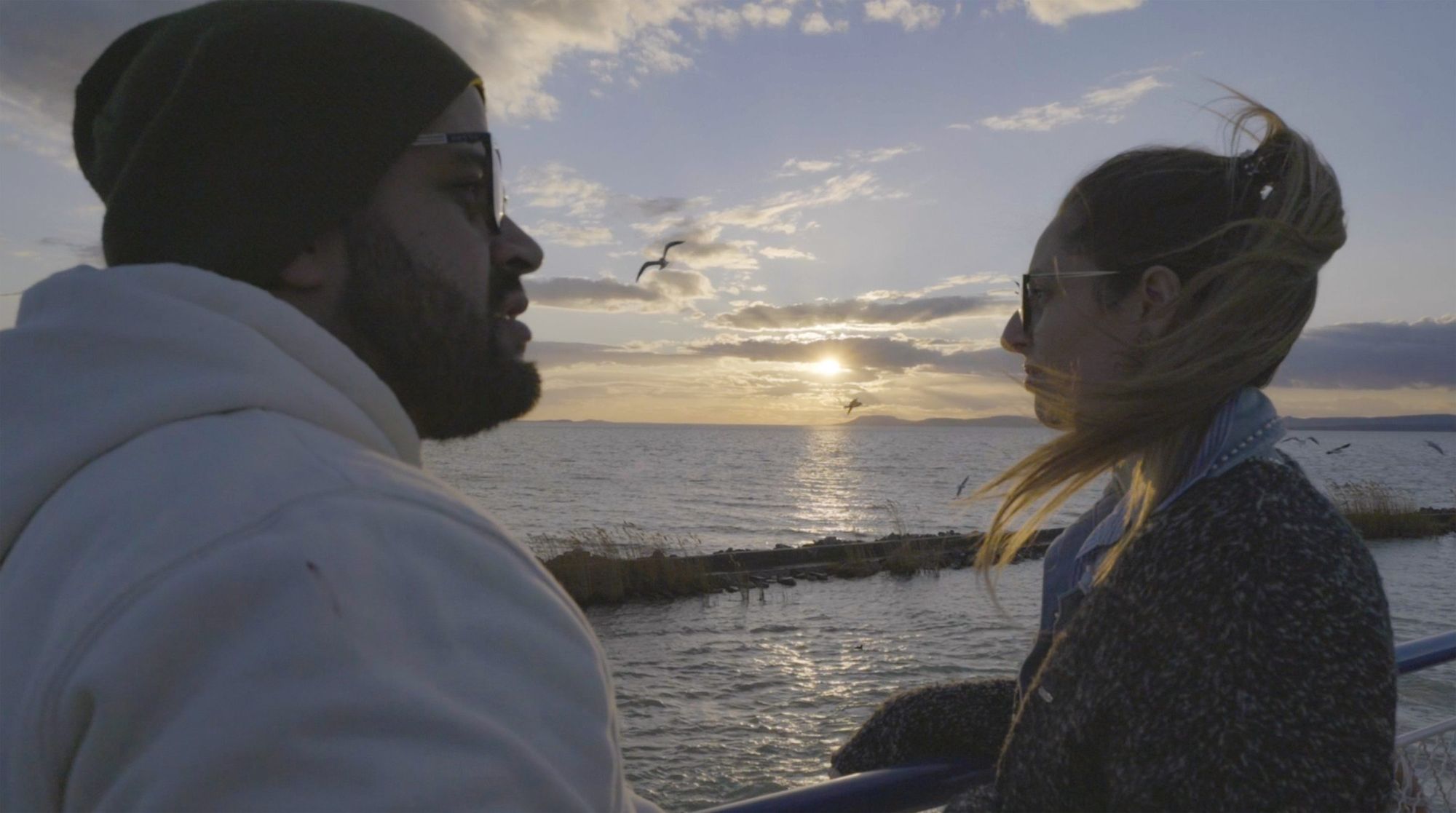
José wanted to work, and as an experienced chef, he would have been open to working in the kitchen, but after talking to the owners, they realized there were many more opportunities. The Arany Kaviár has been a stalwart of the Hungarian gastro scene for more than three decades, but the restaurant, headed by Szása Nyíri and László Kanász, was keen to depart from the somewhat dusty (even if high-quality) Russian line. So they hired José as Research and Development (R&D) chef. The collaboration debuted in October 2020 with the Golden Season dinner menu, which took guests on a 14-course journey around the world. There were no rules or routines, desserts were wedged into the menu, combining familiar flavors from nature with unexpected new ones, and technology was given a prominent role.
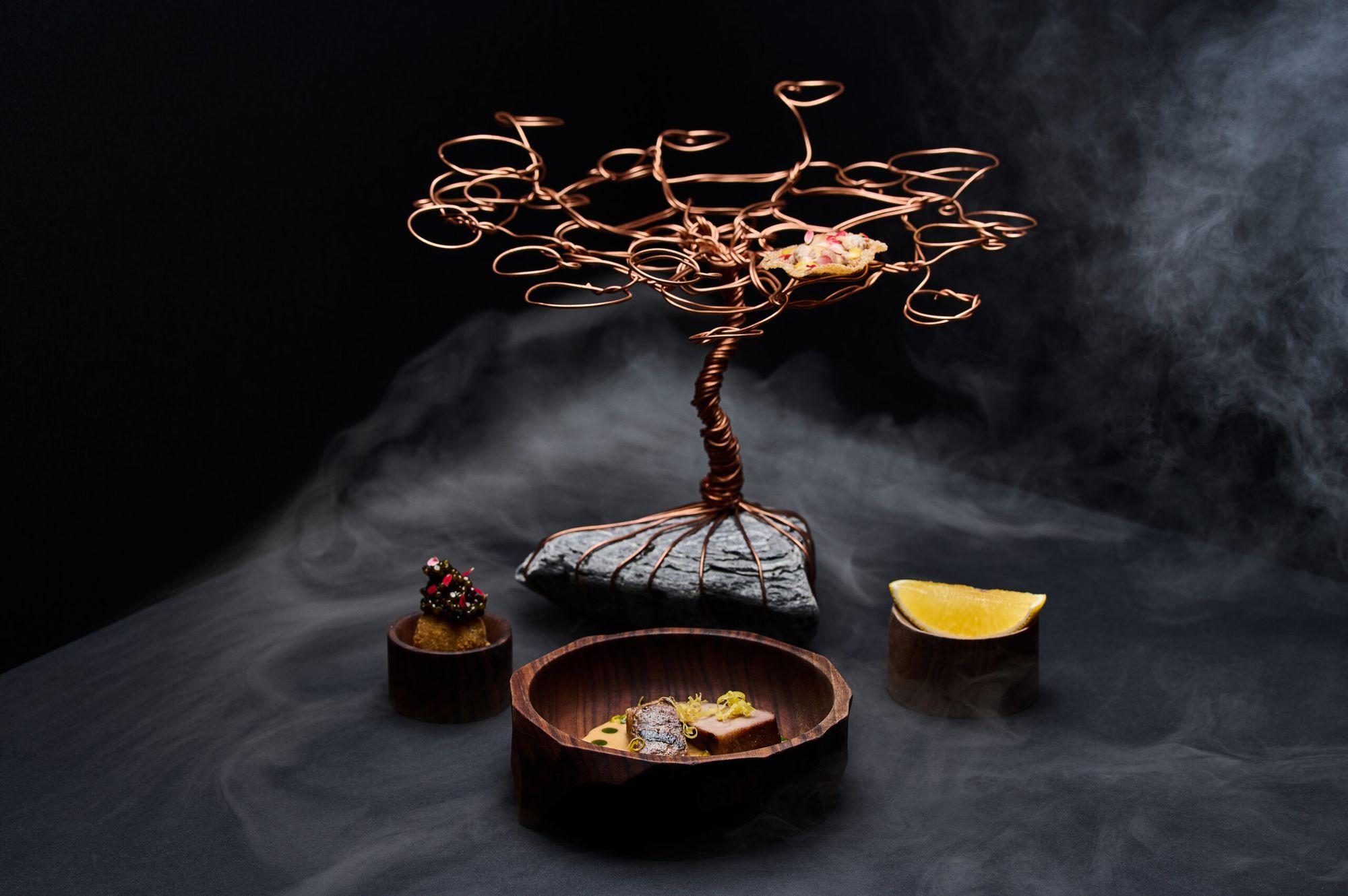
It was clear that the restaurant had arrived at a change of era. José’s task was not “just” to maximize the restaurant experience, but also to develop new concepts as a specialist. This goes beyond the world of fine dining—internationally, we are seeing more and more examples of labs opening up alongside classic restaurant operations, where the team works on additional projects. A prominent example is the Copenhagen Alchemistre, where Rasmus Munk has not only created a gastro theatre like no other, but where he considers the issues of food waste or agricultural exploitation much more important than the pursuit of Michelin stars. His multidisciplinary team is also working on many other projects, from developing an open library of educational materials called Tastelab, to collaborating with BørneRiget hospital to create soft, nutritious meals for children with cancer, to working with SpaceX on zero-gravity food and edible plants that can be grown on the moon. The Nordic Food Lab is another great example: its founders, gastro entrepreneur Claus Meyer and perhaps one of the world’s most famous chefs, René Redzepi, are exploring the untapped ingredients, culinary habits and future directions of the Nordic region.
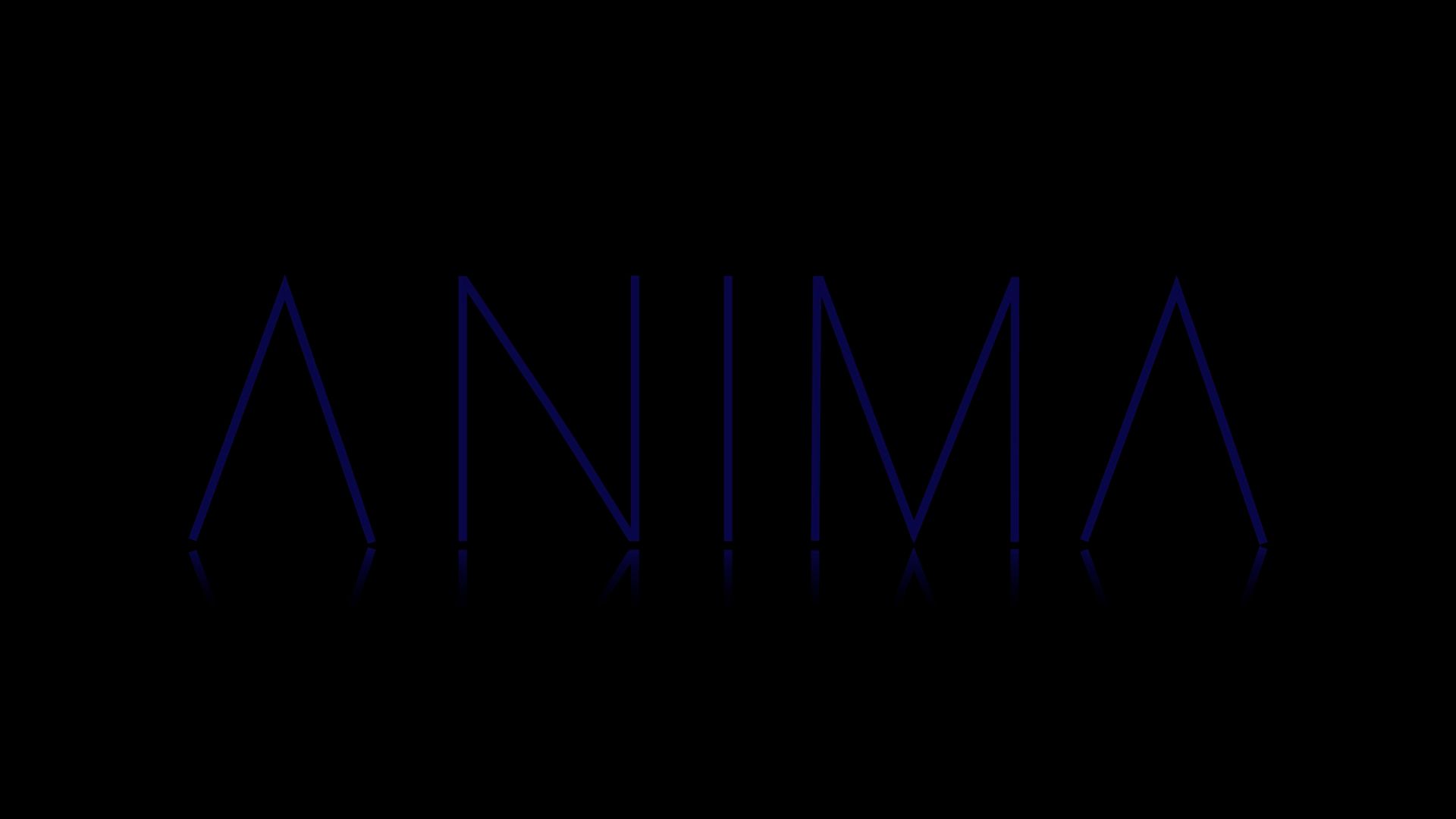
There was a vision for José and Fanni, so they dreamed big and now independent of the restaurant, created the ANIMA project. ANIMA provides a space for research and development, for asking questions and thinking, for building connections across the world, the fruits of which we can enjoy in Hungary and the region. This revolutionary approach is still an absolute novelty in Central and Eastern Europe, especially when we consider that it is not limited to fine dining. José and his team want to rewrite the whole philosophy that has been a burden on gastronomy for the past decades—they genuinely believe in sharing knowledge and providing a relevant experience for all.
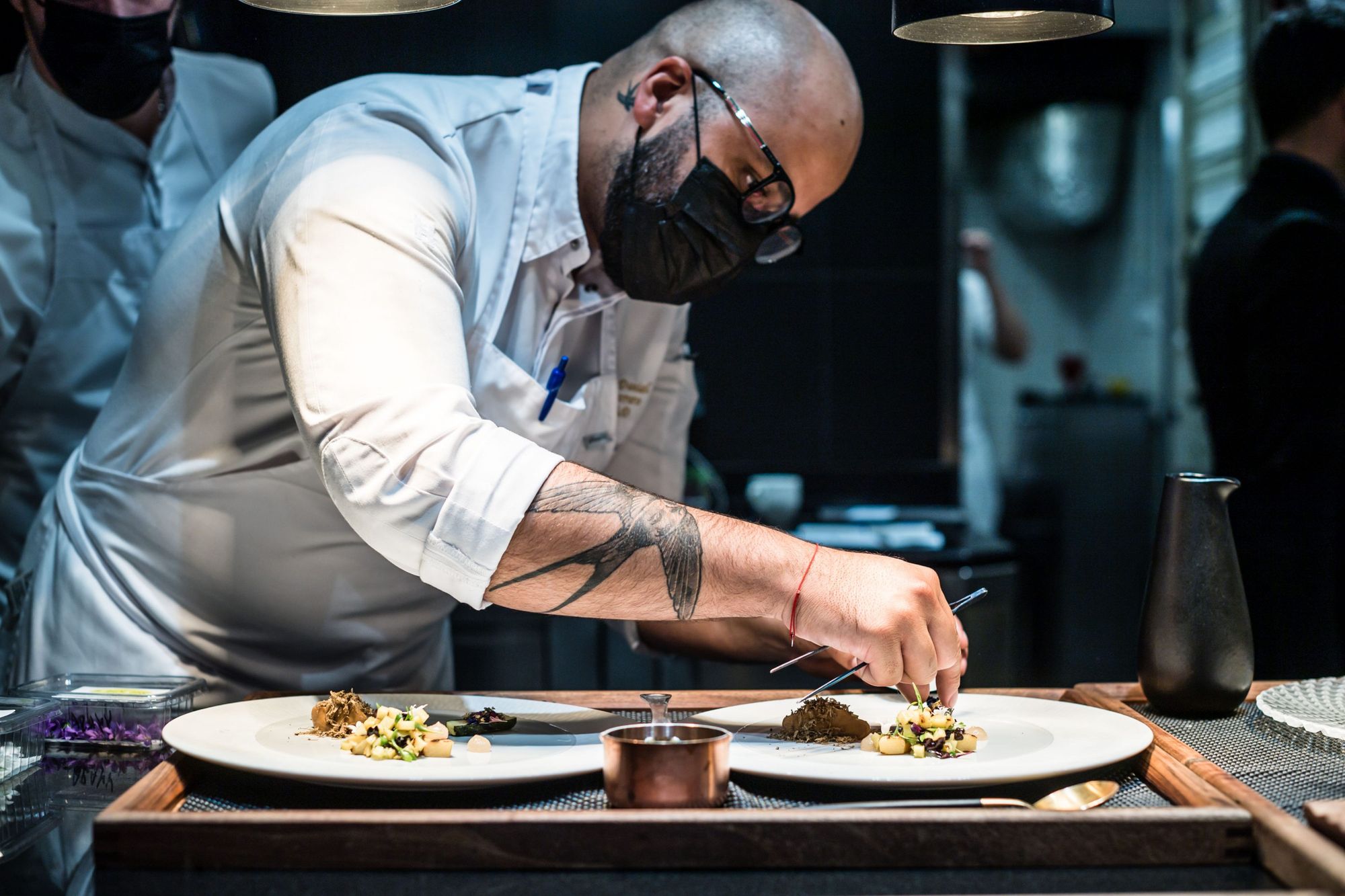
ANIMA’s universe comprises several parts: on the one hand, besides research and development, product design and knowledge sharing, on the other, they want to create a sustainable environment, whether in terms of raw materials or human resources. This is why they work with a wide variety of fields, on a project or a long-term basis, the results of which they want to integrate into the domestic scene. It’s no exaggeration to say that they work with the most versatile experts: with experts from Thimus, based in northern Italy, for example, they are studying brain waves during eating to understand how and what we pay attention to, what we base our decisions on, and how the experience of eating is constructed. The results of this research can not only improve the quality of the dinner menu, but also bring us closer to understanding daily meals.
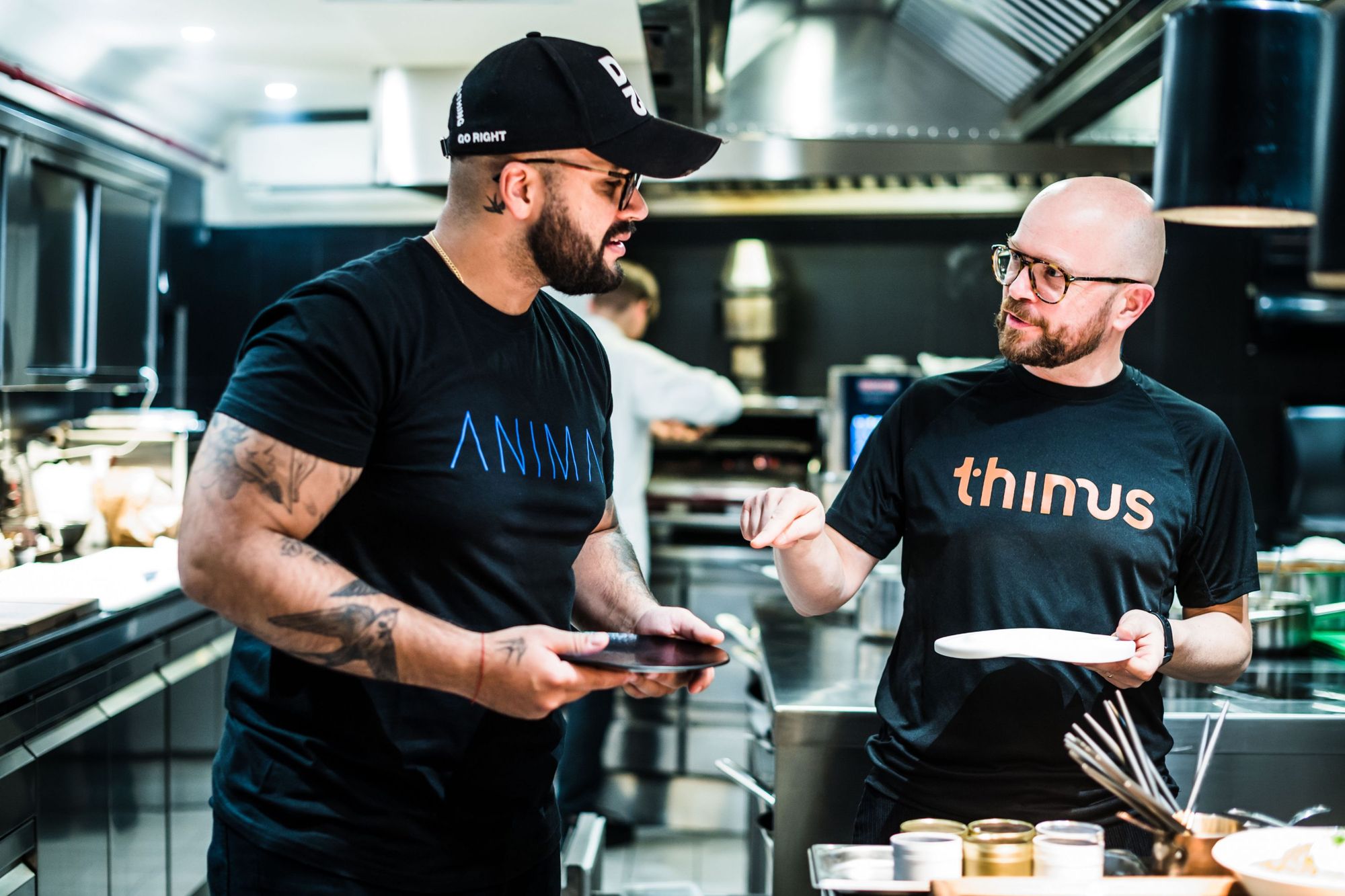
To achieve this, it is also important to treat the chef not just as a rock star, but as a person who tells a story and takes a holistic approach. After all, the future of food is based on its present and its past—to design sustainable, enjoyable “products,” we need to know what choices people make, what memories they have and what their preferences are. This is also true for meat consumption, for example. If we look at Hungarian gastronomy, it is a fascinating question why we stick to salami or sausage and whether there is an alternative that is more sustainable, healthier and does not involve compromise.
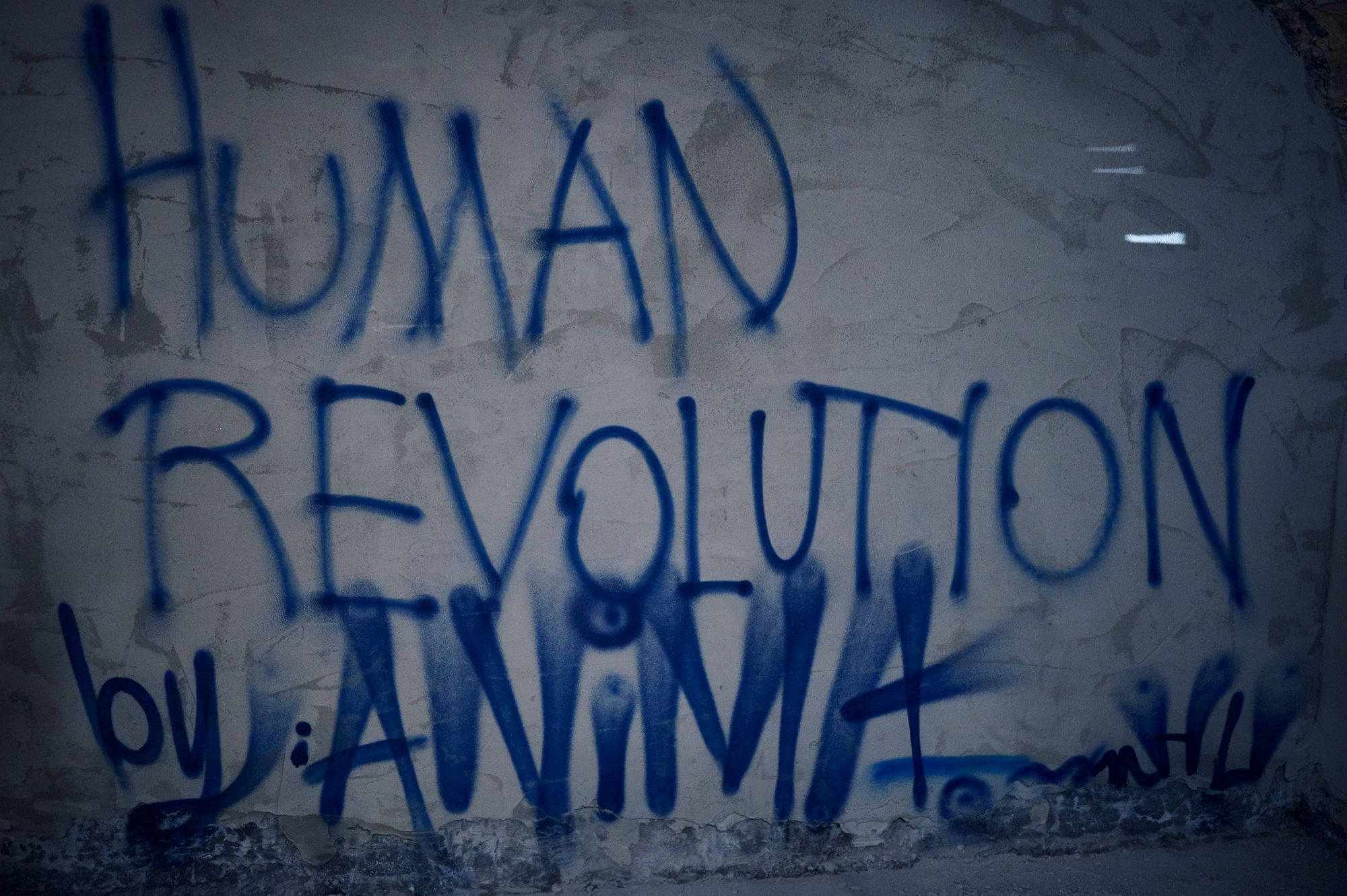

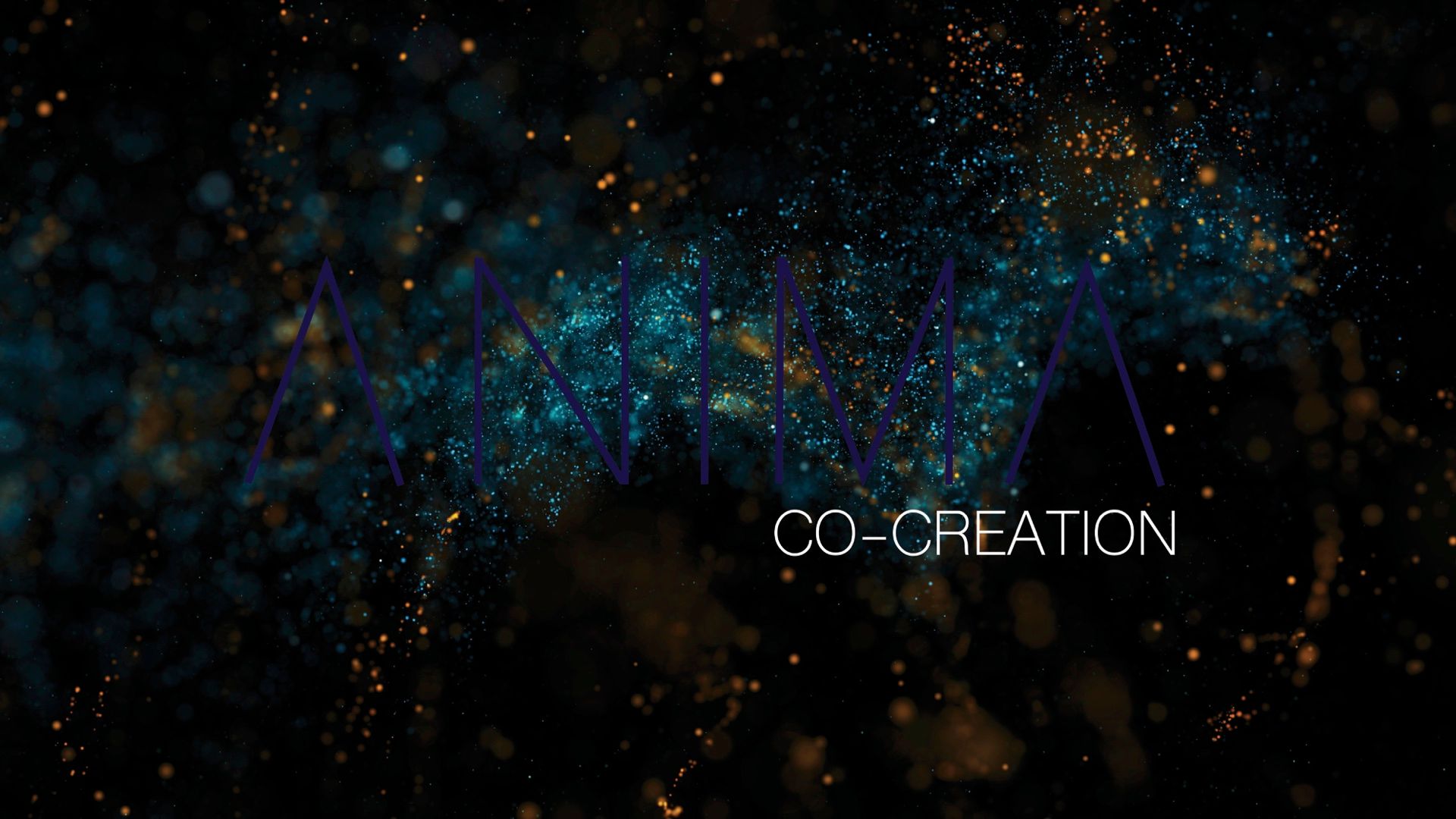
They are currently developing plant-based protein products with Thimus and working on their own flavor line using fermentation and microbiology. Exploiting the potential of sensory perception or food-based 3D printing is also seen as an exciting area for experimentation. Together with the Research Institute of Organic Agriculture (ÖMKi) and the farmers they represent, five Hungarian tomato varieties were tested for flavor, yield and usability, while Boldizsár Horváth, founder of Farm2Fork, and his team looked for vegetables that could play an exciting new role in the fine dining scene and are easy to grow (e.g. courgettes and zucchini blossoms). As you can see, this co-creation is a very definite direction for them—thinking together, creating a methodology and taking it to those who can use it, whether they are chefs or farmers.
The ANIMA team is currently working on the test kitchen and pilot lab, which will be open to experts and interested non-professionals alike, expected from April. With this inclusiveness, they want to inspire everyone to be curious and dare to get involved. Education, business advice and the development of the restaurant experience, the so-called experience design, are all part of its services. In the meantime, it’s worth following them, as they welcome everyone to their universe—we’ll be back soon to give you an even closer look at their work.

Inspiration from an unexpected source: fashion dictator NBA players

“I am a curious person, interested in everything related to the profession, to wood" | Fanni Hegedűs, woodworker, restorer
